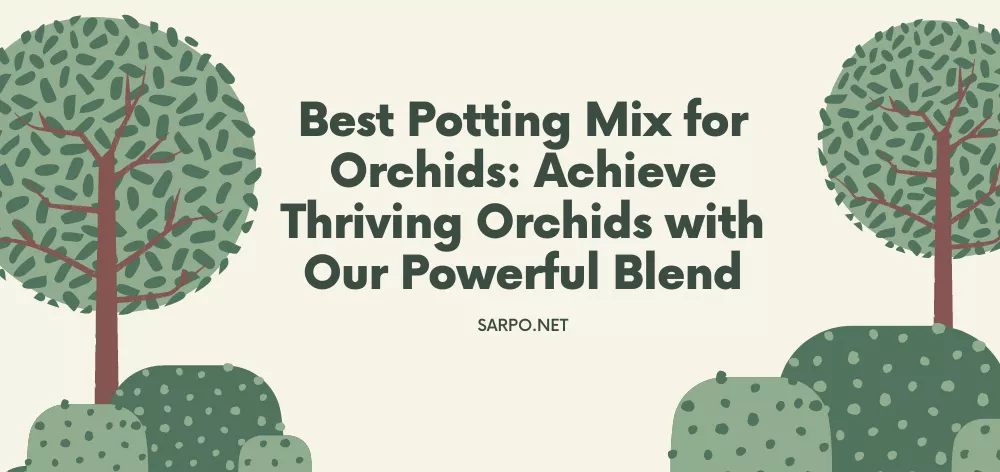Nourishing Your Skin: The Wonders of Brassica Campestris and Its Seed Oil
Brassica Campestris, a member of the Brassicaceae family, is not only a culinary gem but also a skincare secret waiting to be discovered. In this article, we’ll explore the benefits of Brassica Campestris Seed Oil for the skin, its non-comedogenic properties, and the magic it holds for a radiant complexion.
Brassica campestris belongs to the Brassicaceae family, commonly known as the mustard family. This family includes many economically and ecologically important plants, such as mustard, cabbage, broccoli, and radish. Brassicaceae members are characterized by four-petaled flowers arranged in a cross shape, a feature that distinguishes them taxonomically.
Brassica campestris itself is the source of rapeseed, cultivated for its oil-rich seeds. It has diverse uses ranging from cooking oil to biodiesel production. The family’s significance extends beyond agriculture, influencing human diets, horticulture, and scientific research due to its members’ nutritional content and potential health benefits.
Brassica Campestris Seed Oil: A Skin Elixir
1. Nutrient-Rich Composition
Derived from the seeds of Brassica Campestris, the oil is a treasure trove of skin-loving nutrients. Packed with Vitamin E, Omega-3 Fatty Acids, and Antioxidants, it nurtures the skin from within.
2. Hydration and Moisture
Brassica Campestris Seed Oil penetrates the skin’s layers, providing deep hydration without clogging pores. This makes it a fantastic choice for all skin types, including those with sensitive or oily skin.
3. Anti-Aging Properties
Rich in antioxidants, the oil helps combat free radicals, reducing the signs of aging. Regular use promotes a youthful, supple complexion by diminishing fine lines and wrinkles.
Brassica Campestris Seed Oil and Skin Compatibility
1. Non-Comedogenic Marvel
One common concern with facial oils is their comedogenic rating, indicating the likelihood of causing breakouts. Brassica Campestris Seed Oil, however, boasts a low comedogenic rating, making it a safe and nourishing choice for acne-prone skin.
2. Gentle and Lightweight
Unlike heavier oils, Brassica Campestris Seed Oil is light and easily absorbed. It leaves the skin feeling soft and radiant without the greasy residue, making it an ideal addition to your skincare routine.
Unlocking the Benefits of Brassica Campestris Sterols
1. Balancing Skin Lipids
Brassica Campestris Sterols play a crucial role in maintaining the skin’s lipid barrier. This helps regulate moisture levels, preventing dryness and promoting a healthy, vibrant complexion.
2. Anti-Inflammatory Action
Research suggests that Brassica Campestris Sterols exhibit anti-inflammatory properties, making them beneficial for soothing irritated or sensitive skin conditions.
Brassica Campestris Oleifera Oil: A Holistic Approach
Beyond Skin: Hair and Nail Benefits
Expanding beyond skincare, Brassica Campestris Oleifera Oil extends its benefits to hair and nails. Rich in essential nutrients, it nourishes the scalp, strengthens hair strands, and promotes healthy nail growth.
Incorporating Brassica Campestris Seed Oil into Your Routine
Skincare Rituals
Embrace Brassica Campestris Seed Oil in your daily skincare rituals. Whether used alone or blended with your favorite moisturizer, the oil offers a natural and effective way to enhance your skin’s vitality.
FAQ
What is the common name for Brassica campestris?
The common name for Brassica campestris is field mustard. This plant belongs to the Brassicaceae family and is widely cultivated for its oil-rich seeds. Field mustard is utilized in various culinary applications and has cultural significance in different regions, known for its versatility and nutritional value.
What is the fruit of Brassica campestris?
The fruit of Brassica campestris is a pod-like structure known as a silique. Siliques are elongated seedpods characteristic of the Brassicaceae family. These fruits contain small seeds and are a key reproductive structure for the plant. The seeds within siliques are often harvested for culinary and industrial purposes.
What is the Placentation of Brassica campestris?
Brassica campestris exhibits parietal placentation. In this type of placentation, the ovules are attached to the inner wall or partition of the ovary. The seeds develop along the central axis, forming a distinct pattern within the ovary. Parietal placentation is common in the Brassicaceae family, to which B. campestris belongs.
What Brassica contains?
Brassica species contain various phytochemicals, including glucosinolates, which contribute to their distinctive flavors and potential health benefits. These compounds are known for their antioxidant properties and may have anti-cancer effects. Additionally, Brassica vegetables are rich in vitamins, minerals, and dietary fiber, making them nutritionally valuable.
Conclusion
In conclusion, Brassica Campestris and its derived seed oil stand as natural wonders for skincare. From providing essential nutrients to maintaining skin balance and offering anti-aging benefits, this botanical treasure is a holistic solution for those seeking a radiant and healthy complexion. Embrace the nourishing power of Brassica Campestris Seed Oil, and let your skin revel in the beauty of nature’s skincare elixir. Looking beyond just skincare, Brassica Campestris Seed Oil has also shown promise in other applications, such as termite treatment with orange oil. Its natural properties make it an effective and environmentally friendly solution for dealing with unwanted pests. This further demonstrates the versatility and potential of this incredible botanical oil.
Related Articles
10 Best Small Evergreen Trees with Non Invasive Roots
 Dr Ahsanur Rahman, PHD
Dr Ahsanur Rahman, PHDPine Tree Rescue: Saving Pine Trees with Brown Needles
 Dr Ahsanur Rahman, PHD
Dr Ahsanur Rahman, PHD



